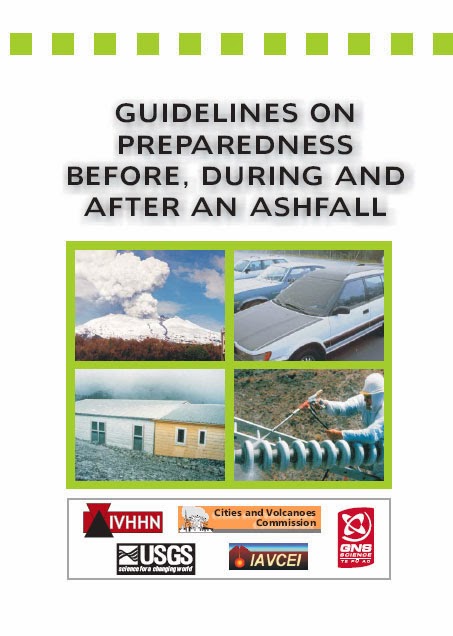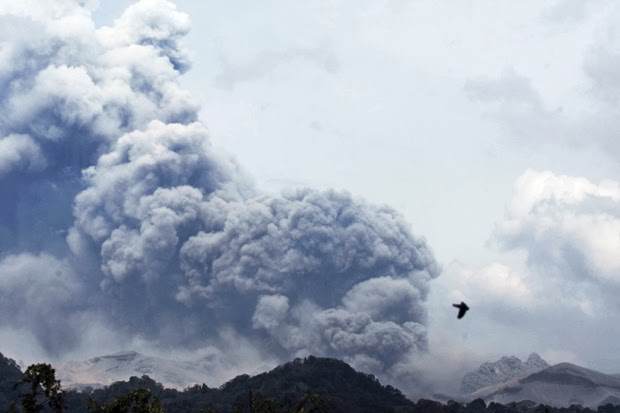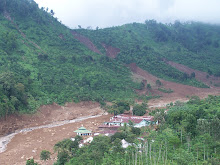The moment tensor solution of the latest earthquake in Java: M6.5 (January 25, 12:14:21 at epicenter, offshore at depth of 88km) resolving a normal faulting event as shown below:
Moment tensor solution of the event calculated by the GFZ (source:
GFZ)
The earthquake is broadly felt throughout the island suggesting that the earthquake is an interplate earthquake occurs along the Wadati-Benioff zone below Java. However, much shallower estimate of the hypocenter (45 km) calculated by the official Geophysical agency of Indonesia (BMKG) might suggest that the earthquake is an an upper crustal (intraplate) earthquake. Estimation made by USGS (Link
here) resolving a depth of 89.1 km, somewhat agree with the GFZ's calculation.
Series of aftershocks were recorded following the main shock:
- The M4.7 (USGS), 4.3 (GFZ) on 2014-01-25 23:58:02 UTC+07:00 at epicenter
- The M5.3 (BMKG), 4.7 (GFZ), M5.0 (USGS) on 2014-01-27 23:14:00 UTC+07:00 at epicenter
Comparison of the latest aftershock calculated by the BMKG, GFZ and USGS:
BMKG:
GFZ: with moment tensor solution resolving a thrust fault event.
USGS:
Severe damage were observed mainly in the Kebumen region, were tens of buildings were damage. No casualties were reported. Resident as far as Malang, east Java and Jakarta in the northwestern part of the island have been reported to experience strong ground shaking lasting 3-10 seconds.
Damaged mosque at Kranggan village, Banyumas regency, Central Java (25/1), tens of houses collapses in the vicinity (image source:
Tempo)
Collapsed house at Tirtohargo village, Bantul regency, Yogyakarta (25/1), five houses collapses in the vicinity (image source:
Tempo)










.jpg)



















.jpg)








